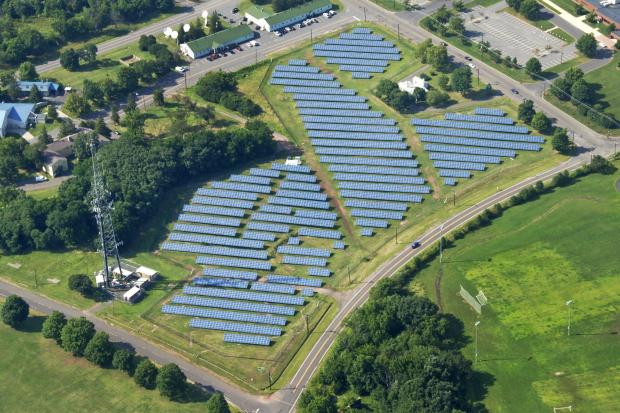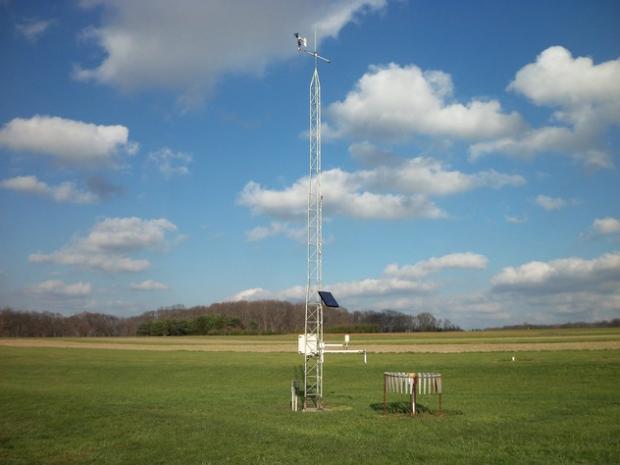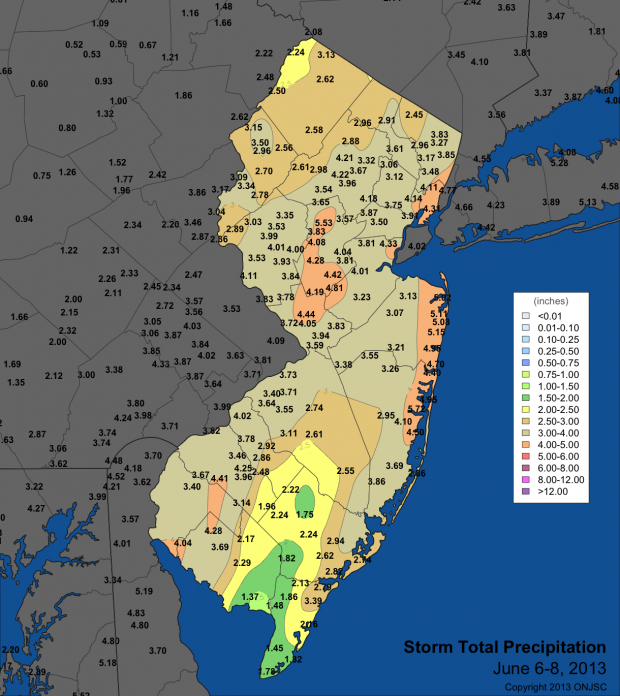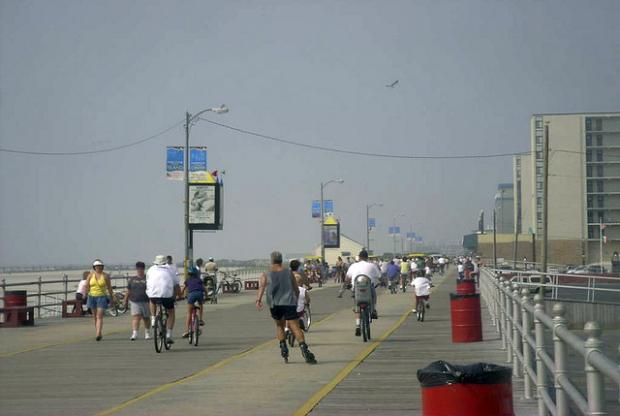Exploring NJWxNet Solar Radiation Observations

Serving a wealth of potential user needs, solar radiation is one of the many variables observed at stations within the Rutgers NJ Weather Network (NJWxNet). Dating back as far as 2004, the original solar network of a half dozen stations has grown to the current 46. The solar instruments record incoming radiative fluxes in the 0.36 to 1.12 micron range. A myriad of products stem from observations, initially gathered once each hour and, since mid-2012, every five minutes. These include radiation maximums, averages, minimums (W/m²), and totals (kJ/m²), at five minute, hourly, and daily time scales.
Solar data gathered at NJWxNet sites help promote an understanding of the relationship between solar radiation and terrestrial systems involving the heating of the surface and atmosphere, plant growth, human health, and energy generation. Atmospheric conditions influence the magnitude of irradiance reaching the surface, with variables such as cloud cover, humidity, and aerosols (minute natural and human-generated liquid or solid particles) influencing incoming radiation. Prior to the advent of the NJWxNet, solar radiation observations across the Garden State were few in number and most often not of a continuous long-term nature. This was the case elsewhere in the US prior to the recent establishment of mesonets, such as the NJWxNet, in many states.




